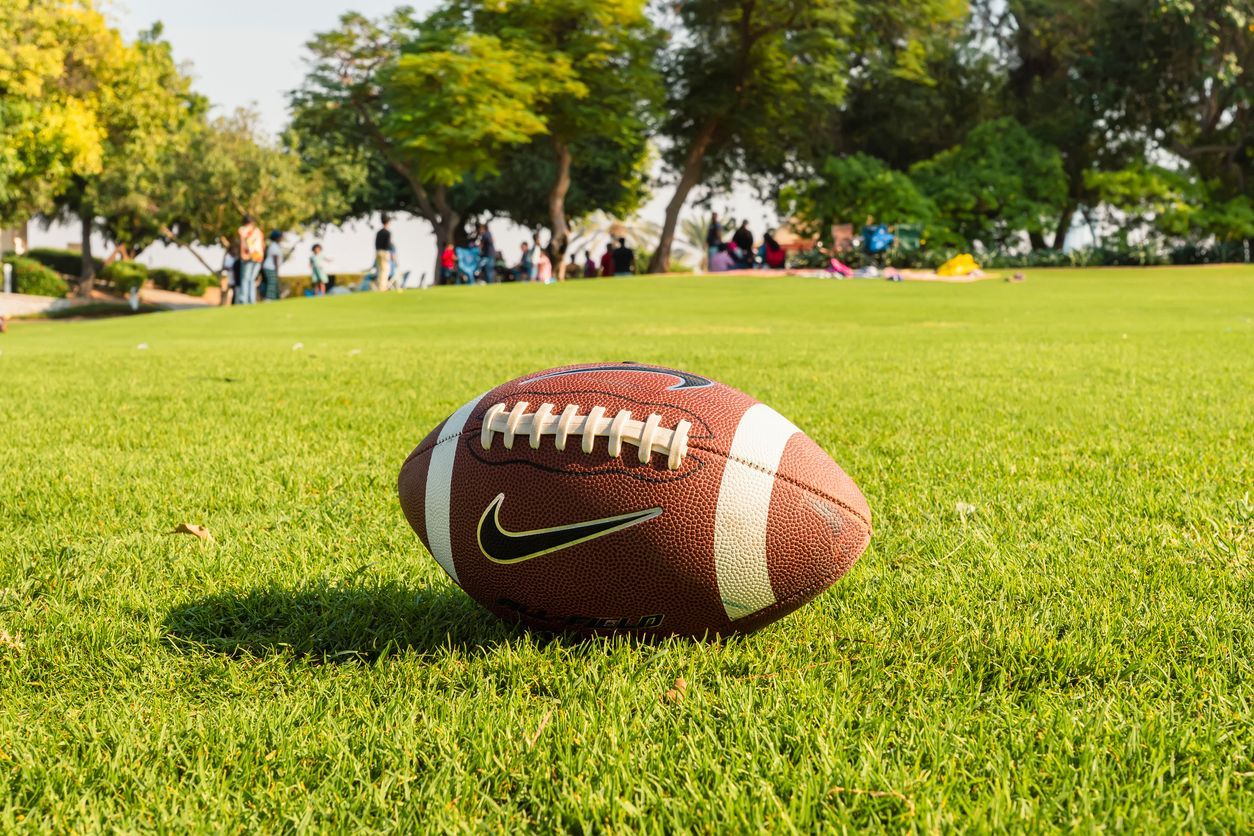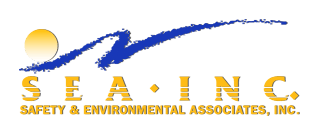Tackling Safety - Insights from NFL's Use of Guardian Caps

In the realm of professional sports, particularly in the National Football League (NFL), player safety, especially regarding head injuries, has been a significant concern for years. Recent developments, as highlighted in an insightful article from ISHN's September 2024 issue, underscore the complexities and advancements in managing these risks. The NFL's adoption of the Guardian Cap illustrates a proactive approach to enhancing player safety, a move that echoes broader safety management principles applicable across various industries.
The Challenge of Head Injuries in the NFL
Head injuries, including concussions, have been a longstanding issue in the NFL, with players experiencing higher rates of Alzheimer's, ALS, Parkinson's, and dementia compared to the general population. In 2023 alone, there were 219 reported concussions, a figure that, while below the peak of previous years, remains alarming. This persistent risk has spurred the NFL to seek innovative solutions to protect players without compromising their performance.
Introducing the Guardian Cap
One significant advancement is the introduction of the Guardian Cap, a soft, padded outer shell worn over the standard helmet during practices. This cap provides an additional layer of protection, potentially reducing the impact force experienced during collisions. Initially adopted in practice settings, the Guardian Cap has been mandatory for certain player positions during preseason and regular-season practices, reflecting a strategic approach to integrating new safety equipment.
Player Resistance and the Swag Factor
Despite the safety benefits, the adoption of the Guardian Cap has not been without resistance. Players have expressed concerns about the aesthetics of the additional gear, indicating a preference for maintaining a certain image, or "swag," which is perceived to be compromised by the bulky appearance of the cap. This resistance is emblematic of broader challenges faced by safety professionals across sectors, where personal preferences and workplace culture often influence compliance with safety measures.
Lessons for Broader Safety Management
The situation in the NFL serves as a compelling case study for safety managers in various industries. It highlights the need for:
- Engagement and Education: Just as NFL teams must communicate the importance of safety gear, employers should engage with employees to educate them about the risks and the protective measures in place.
- Cultural Integration: Integrating safety measures into the existing workplace culture, much like integrating safety gear into players’ gear, can help in reducing resistance.
- Innovative Solutions: Just as the NFL explored new technologies like the Guardian Cap, industries should invest in innovative solutions that enhance safety without significantly impacting workflow or employee comfort.
Conclusion: SEA's Role in Enhancing Your Safety Strategies
At Safety & Environmental Associates, Inc. (SEA), we understand the challenges of implementing effective safety measures that balance protection with practicality and employee acceptance. Drawing on lessons from fields as diverse as professional sports, we are equipped to help you develop safety strategies that not only comply with regulations but are also embraced by your team.
Interested in enhancing your workplace safety protocols? Contact SEA today to learn how we can assist you in developing and implementing safety solutions that protect your employees and your bottom line.
Leave A Comment



